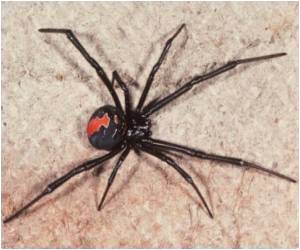
Spider silk has been used for centuries to dress wounds with varying degrees of success, but the problem has until now been how to get it.
"We needed a way to produce large quantities of the spider silk proteins," News.com.au quoted Lewis, as saying.
He added: "Spiders can't be farmed, so that route is out and since they make six different silks, even that would not work if you could."
Prof Lewis and his team singled out the "dragline" - the outer strand of the web - as the strongest of the six types of silk.
They spliced the DNA that creates the silk into a female goat's DNA, then waited for it to give birth and start lactating.
Advertisement
"Those were hooked up to our spider silk genes."
Advertisement
Prof Lewis said the team collects about four metres of silk for every four drops of protein they gather.
The pure material had a wide range of medicinal applications as sutures and binding agents - including ligament replacement - but its use could extend well beyond our hospitals.
Prof Lewis said: "If it works, frankly one of the first applications is maybe fishing line.
"I think we will be testing real world applications in less than two years (but) when they reach market is really beyond my control."
Prof Lewis said there was no evidence to suggest the goats in the experiment behaved any differently to regular goats, in either physiology or "psychology".
Source-ANI
SAV










